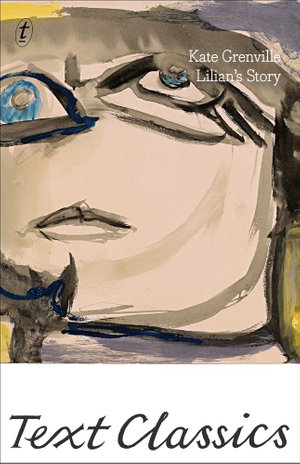Lilian's story by Kate Grenville

First released in 1985, Lilian’s story was adapted for film in 1996 and this edition has a beautifully written introduction, ‘Seen and heard, Noticed and Remembered’ by Toni Collette who played young Lilian in the film. Set in Sydney’s harbour side suburbs in the first half of the 20th century Lilian’s life is expected to follow the normal trajectory of tennis parties and social gatherings followed by a good marriage, settling down to produce babies while the husband takes the ferry to business in the city. But Lilian is different, a sensitive and vulnerable personality whose self-esteem is undermined by her controlling and unstable father and repressed mother who are unable to give her the affection she craves. Her younger brother is quietly supportive but folds his ears closed, turning to his pictures of hands and feet to avoid the conflict in the house. Lilian finds a space for herself in the secret places, under the plumbago, out in a boat on the harbour or up a tree and feeds her emptiness with cream cakes. At school Lilian loves to learn but struggles with relationships. She is cruel to poor shy Gwen to bolster her ambitions to be one of the gang headed by Rick. She dares herself to steal from eccentric old Miss Gash, covertly observing someone else out of step with the world. As a young woman Lilian, “brilliant but unstable” p112 is allowed to go to university and finds companionship with poor F.J. Stroud and “flanneled fool” Duncan but a terrible scene between father and daughter seems to derail her. She thinks about “husbands and wives and wonders if there was any alternative.”p157.
Using richly coloured language and sensual, earthy, intimate descriptions we are immersed in Lilian’s world, seeing her move through life from childhood to becoming an eccentric, deranged old woman. She is not resilient but damaged yet she has a strong sense of self and chooses life, loudly and assertively. This is still a powerful novel which will appeal to senior school readers and adults. The introduction could be used for a close study; this is a great addition to the Text Classics range.
Themes: Domestic violence, Mental illness, Identity.
Sue Speck